Shailendra and Hasrat Jaipuri: The Unforgettable Duo
Laxmikant Pyarelal, Kalyanji Anandji, Shankar Jaikishan, Husnlal Bhagatram, Sonik Omi – Hindi cinema is replete with music composer duos throughout its history, many of them enjoying legendary status. What is more uncommon is a lyricist duo working consistently over a number of films. Yet the story of Shailendra and Hasrat Jaipuri is one such tale, and it is intrinsically linked with one of the most beloved musician duos as well – Shankar Jaikishan. Indeed, the ensemble of Shankar Jaikishan – Hasrat Jaipuri – Shailendra (along with their assistants Dattaram Wadkar and Sebastian D’Souza) is arguably the most memorable musical team of the Golden Era of Hindi cinema. Together they worked in around 78 films from 1949 to 1971, composing over 300 songs together and thereby forever etching their names in film history.
Barsaat mein humse mile tum sajan, tumse mile hum…
The coming together of these four individuals would have been highly unlikely if fate had not written the script. Both Shailendra and Hasrat Jaipuri hail from very different backgrounds, and yet followed similar paths to find themselves in the company of a certain Raj Kapoor.
Shailendra was born in a Dalit family in Bihar where his father Shankardas Kesrilal had been a contractor at the military canteen. He spent his early years in Mathura with his uncle after his father fell ill. Although Shailendra never faced any overt caste discrimination himself (barring some episodes in his childhood) he was acutely aware of the struggle his father underwent. Immersed in poetry from an early age, he had soon started writing verses. He earned a Diploma in Electrical and Mechanical Engineering and got a job as a mechanic for the Indian railways. He shifted to Bombay in 1947 where he worked at the Matunga Railway workshop. He had not let go of his poetic aspirations though, as he kept performing in mushairas throughout this time. He was also a member of the IPTA and reportedly composed the famous slogan Is zor zulm ke takkar mein hartal hamara naara hai, as well as the evergreen protest song Tu zinda hai. Raj Kapoor heard his stirring rendition of the poem Jalta hai Punjab at a programme and immediately offered him the job of lyricist in Aag (1948) which was to be his directorial debut. Shailendra though, at that time did not consider a career in cinema to be the right path for himself. But soon economic distress would take him back to the doorstep of Raj Kapoor. Kapoor, on his part, was not miffed by Shailendra’s initial refusal and welcomed him back with open arms. Shailendra was signed up as a lyricist for Barsaat (1949).
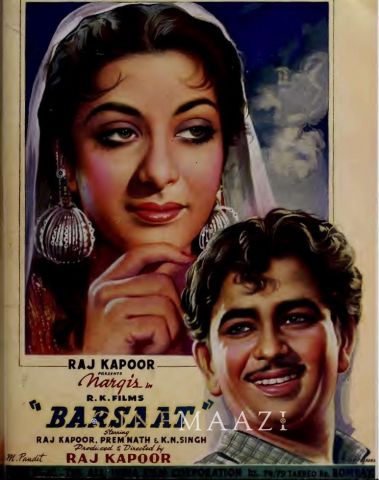
Ram Ganguly had been Raj Kapoor’s music director in his first film Aag. But during the making of Barsaat major differences rose between the two. Ram Ganguly left the project and the job of composer was offered to his assistant Shankar Singh instead. Shankar had been associated with Prithvi Theatres for some time and had also worked as an assistant to another famous composer duo Husnlal Bhagatram before. After a chance meeting with Jaikishan Dayabhai Panchal outside the offices of director Chandravadan Bhatt, the two became fast friends. Both shared aspirations for becoming composers one day, and soon Shankar had also gotten Jaikishan a job at Prithvi Theatres as a harmonium player. When the offer for Barsaat came his way, he requested Raj Kapoor to let Jaikishan come on board as co-composer. The dream team had been assembled.
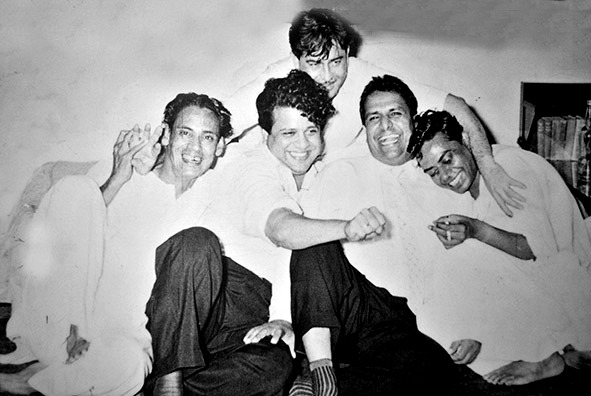
Shailendra would write the songs Barsaat mein humse mile tum sajan and Tirchi nazar hai, patli kamar hai while Hasrat sahib would pen as many as seven songs including Jiya beqaraar hai and Chod gaye balam for Barsaat. The soundtrack was a success and there was no looking back after this.
Kisi ki muskurahaaton pe ho nisar…
The four established a neat division of work from the very beginning. Their success meant that their workload would increase exponentially over the years. As a result, it was impossible to work on all songs together. Generally, Shankar worked with Shailendra while Jaikishan collaborated with Hasrat sahib, although overlaps did occur. This division also suited their respective temperaments. Shailendra was partial to writing soulful and stirring songs, while Hasrat sahib wrote the more light-hearted, rhythmic songs. This suited the respective working styles of Shankar and Jaikishan.
In terms of writing also, the two seemed like a perfect fit. Shailendra’s forte was in Hindi lyrics, while Hasrat sahib was proficient in Urdu. The two would often help each other out in linguistic matters. Hasrat Jaipuri liked to think they were ‘do tan aur ek jaan’. This real-life friendship, not only between Hasrat sahib and Shailendra but all four of them, contributed to the songs they created. As Dr Mandar V Bichu has pointed out, there are numerous instances of their playful camaraderie producing memorable songs. The song Mud mud ke na dekh mud mud ke (Shree 420, 1955) was born when Shailendra was teasing Jaikishan for looking at a passer-by. The song Ramaiyya vastavaiya (Shree 420, 1955) came about when they heard a group of construction workers singing a folk song. Shankar Jaikishan, for their part, were incredibly loyal to the lyricists. When B R Chopra had wanted to sign them for Waqt (1965) and pair them up with Sahir Ludhianvi, they refused to work with anyone but Shailendra and Hasrat Jaipuri.
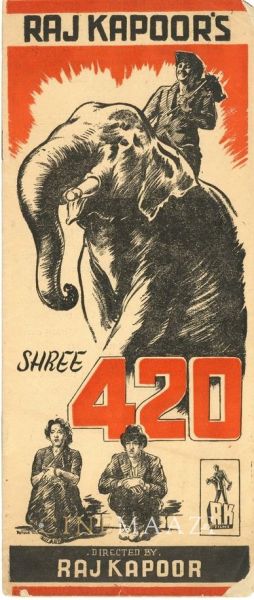
The only time a rift emerged between the two poets was over the issue of Dev Anand’s Guide (1965). While it is common knowledge that Shailendra wrote the lyrics for this musical classic, it was Hasrat Jaipuri who had originally been hired for the purpose. Hasrat sahib had previously contributed to the hit music of Vijay Anand’s Tere Ghar Ke Samne (1963). But Vijay Anand and Dev Anand were not happy with the lyrics he wrote for Guide and opted to bring in Shailendra instead.
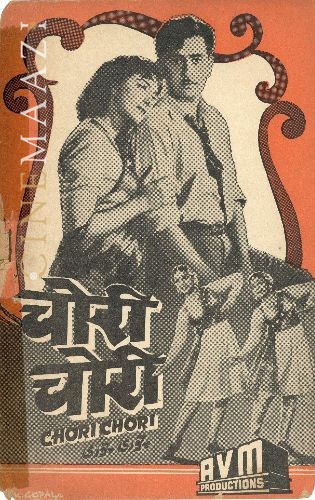
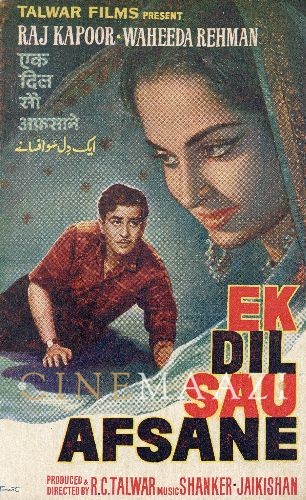
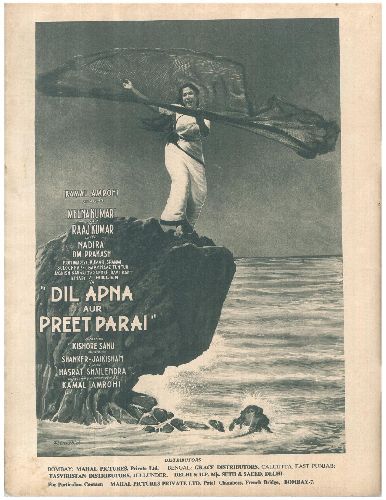
Chaahe koi mujhe junglee kahe…
The 60’s brought a sea-change in the musical scene of the Hindi film industry. The success of O P Nayyar with his rock n roll and jazz inspired music and Shammi Kapoor’s meteoric rise to stardom meant a paradigm shift in Hindi film music. While they are primarily known for the more melodious fare of the 50s, Shankar Jaikishan managed to match the trademark Shammi Kapoor exuberance every step of the way. They adapted so quickly that perhaps the most iconic Shammi Kapoor song -Yahoo, chahe koi mujhe jungle kahe belongs to SJ – Shailendra. Hasrat Jaipuri wrote Aye gulbadan (Professor, 1962), Tumse accha kaun hai (Janwar, 1965), Badtameez kaho ya kaho janwar (Budtameez, 1966), Aji aisa mauka phir kahan milega (An Evening in Paris, 1967) and Dil ke jharokhen mein (Brahmachari, 1968), and Aaj kal tere mere pyar kein charche (Brahmachari, 1968). Shailendra too could shed his sombre image at the drop of a hat and come up with verses like Aiaiya karu main kya suku suku (Junglee, 1961), Chakke pe chakka. Even the iconic Mehmood number from Gumnaam (1965) – Hum kale hai to kya hua dilwale hain – is a Shailendra creation, while the haunting Gumnaam hai koi bears Hasrat Jaipuri’s name.
Raat dhalne lagi, chand chupne chala…
By the 60’s though Shailendra had shifted focus to the production of his dream project Teesri Kasam (1966). Due to production delays, it took years to complete. By the end of the ordeal Shailendra was heavily in debt and his health was deteriorating. The film turned out to be a masterpiece. Shailendra had assembled his dream team – Raj Kapoor as hero, Shankar Jaikishan as composers and Hasrat Jaipuri as co-lyricist. While the majority of the songs were penned by Shailendra, in which he could utilize his extensive knowledge of dialects to the hilt, Hasrat Jaipuri provided two songs – Duniya bananewale, and Maare gaye gulfam.
The film proved to be the swansong of this team as Shailendra succumbed to his ill-health on 14 December, 1966 (which was incidentally Raj Kapoor’s birthday). Many of his songs were released posthumously, including his unfinished work on Raj Kapoor’s magnum opus Mera Naam Joker (1970). The unfinished theme song Jeena yahan marna yaha was finished by his son Shaily Shailendra, who also went on to become a lyricist. After his passing Raj Kapoor had written an open letter to Filmfare for his Kaviraj where he had said, “A part of my soul has gone. It is not fair. I break down and weep at this snatching away of one of the fairest roses in my garden.”

While both Shailendra and Hasrat Jaipuri would go on to do remarkable work with other composers as well, their tandem with Shankar Jaikishan had made them the most outstanding music team of the Golden Era. The three Filmfare Awards won by Shailendra and the two won by Hasrat Jaipuri were all with Shankar Jaikishan (although for Andaz, Hasrat sahib was the sole lyricist). Theirs remains a remarkable story of different temperaments seamlessly complementing each other, attaining that elusive clarity that transforms individual talent into collective brilliance.
References:
https://www.songsofyore.com/shailendra-and-hasrat-jaipuri-two-poets-in-tandem-and-contrast/
http://www.cinemasangeet.com/hindi-film-music/features/fabulous-four-shankar-jaikishan-shailendra-and-hasrat.html
https://www.dailyo.in/arts/shailendra-raj-kapoor-indian-cinema-hindi-films-barsaat-rk-films/story/1/14557.html
https://thewire.in/film/remembering-lyricist-shailendra
https://indianexpress.com/article/express-sunday-eye/when-dalit-filmmakers-embrace-their-identity-and-reclaim-their-stories-5209972/
https://scroll.in/article/751891/tribute-shailendra-was-the-proverbial-moth-who-got-burned-too-quickly



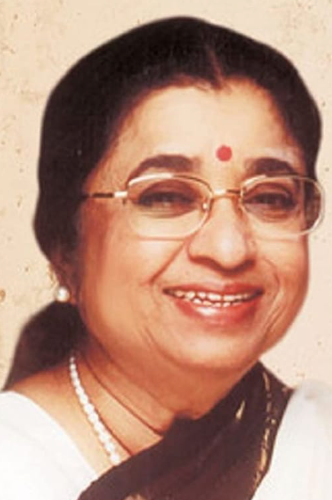

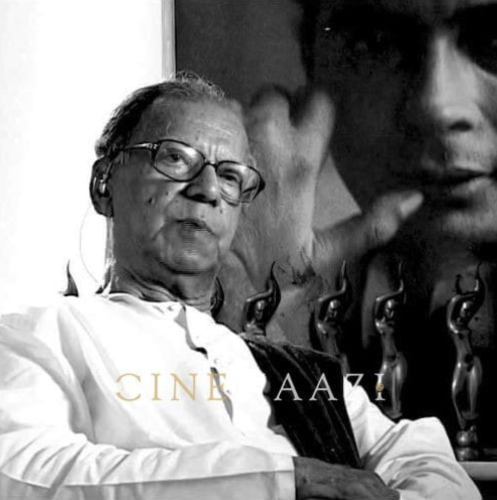


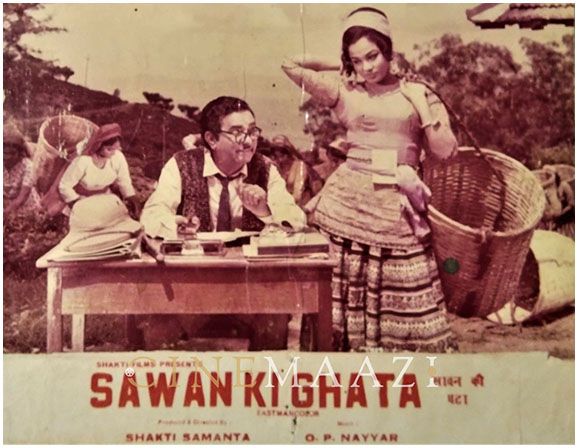
.jpg)


